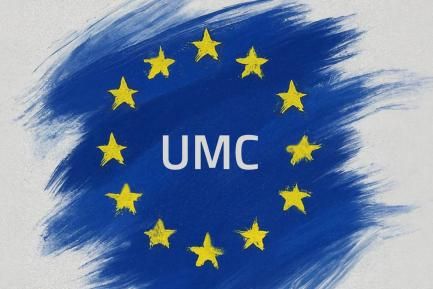Situation and outlook for consumer financing
Household purchase decisions are largely determined by their level of income and wealth, as well as their future economic expectations (for more details on the impact of such factors see the article «The recovery of consumption in Spain: reasons and outlook» in this Dossier). But there is another important factor which families also take into account when deciding how much to spend and on what: their borrowing capacity and the availability of financing. Access to financing allows households to meet their consumption requirements throughout life, smooth consumption and deal with unexpected shocks.
Many of the goods we consume with a long product life cycle require a large initial outlay. By financing their purchase, payment is spread throughout the product life cycle and is therefore more in line with how it is used. Consumer durables fall within this category, such as furniture, household equipment and vehicles, among others. This kind of good accounts for 53% of bank-financed consumption but only represents 14% of the basket of goods consumed by households. The rest of financed consumption ranges from deferred payment by credit card to non-durable goods and services such as medical services and travel expenses.1
Consumer financing currently totals EUR 75,000 million in Spain, accounting for approximately 10% of all credit granted to households. Deposit institutions are key to granting consumer loans although credit institutions are becoming increasingly important, providing 16% of this kind of financing. Credit institutions specialise in granting loans, very often linked to retail consumption, but cannot hold customer deposits. Some credit institutions are bank subsidiaries.
The improved economic situation of Spanish households has boosted consumer financing. New loans have posted double digit growth since their recovery began at the end of 2013. The consumer credit stock has consequently grown by 30% since its all-time low reached in 2014.
Consumer credit is also performing well in 2017: both stock and new lending are growing at a rate close to 15% year-on-year. But in spite of this growth, households’ financial burden due to consumer credit in Q1 2017 was still 5.7% of their gross disposable income (GDI), remaining stable since 2013 and far from the peak of 9% of GDI reached in 2007. There has been a slight upturn in the NPL ratio for this segment, however, in one year up by almost 1 pp to 8.9%.2 This rise has placed it almost at the same level as the overall NPL rate.
We expect consumer loans to keep growing over the next few years, albeit at an ever-slower rate. This is because, after a strong recovery, their share of Spain’s GDP is now approaching what might be considered a normal level (6.3% at present and 7.4% for the historical average since 2005).
Banks will also continue to focus on consumer financing due to the good risk/reward ratio it offers, especially in the low interest rate environment over the medium term. In fact, in the past few years consumer credit interest rates have remained at around 8%, below the historical average for this kind of credit but much higher than the average return achieved by other products. Consumer financing is therefore one of the ways open to Spanish financial institutions to continue improving their profitability.
Higher demand for consumer credit will also support growth in this kind of financing. On the one hand, the labour market’s recovery will boost household income expectations. They will therefore be more willing to borrow funds to advance part of their future consumption. Their stronger financial position thanks to the economic recovery and the deleveraging carried out will also result in a more solvent demand for credit to meet future payment obligations.
The future trend for consumer financing will also be closely linked to digitalisation and technological innovations, phenomena which are transforming the banking industry and particularly the consumer credit business. New technologies are changing how consumers behave. They are increasingly connected and demand greater availability, immediacy, simplicity and personalisation in each of the stages of the purchasing cycle (see the article «Consumption in the digital era» in this Dossier). In this cycle, financial institutions (traditional or fintech) play an important role in the payment stage and in financing transactions.
New technologies are therefore helping to improve customers’ experience on digital channels using fast, user-friendly apps that make it easier to take out financing. Digitalisation and big data also offer greater insight into consumer needs and thereby improve the services being offered. For instance, pre-approved loans mean that clients can quickly cover their financial needs. Big data also improve management tools in areas as important as risk analysis and price fixing. This means that financing can be offered at a price that is much more in line with each consumer’s risk profile.
In summary, the recovery in consumer credit that began in 2013 has supported the economic recovery of Spanish households over the past few years. This situation looks like continuing, albeit growing more in line with the long-term potential, which may not differ greatly from the nominal growth of the economy. The future trend also depends partly on how quickly banks can adapt to technological changes and the digital era to be able to offer the services demanded by new consumers.
Ariadna Vidal and Pau Labró
Macroeconomics Unit, Strategic Planning and Research Department, CaixaBank
1. According to a survey carried out in 2016 by Cetelem, 24% of respondents would finance medical or dental treatments with a loan, while 15% would finance travel. Observatorio Cetelem, 2016, «Análisis del consumo en España».
2. Data in March 2017, regarding household loans for purposes other than housing.





